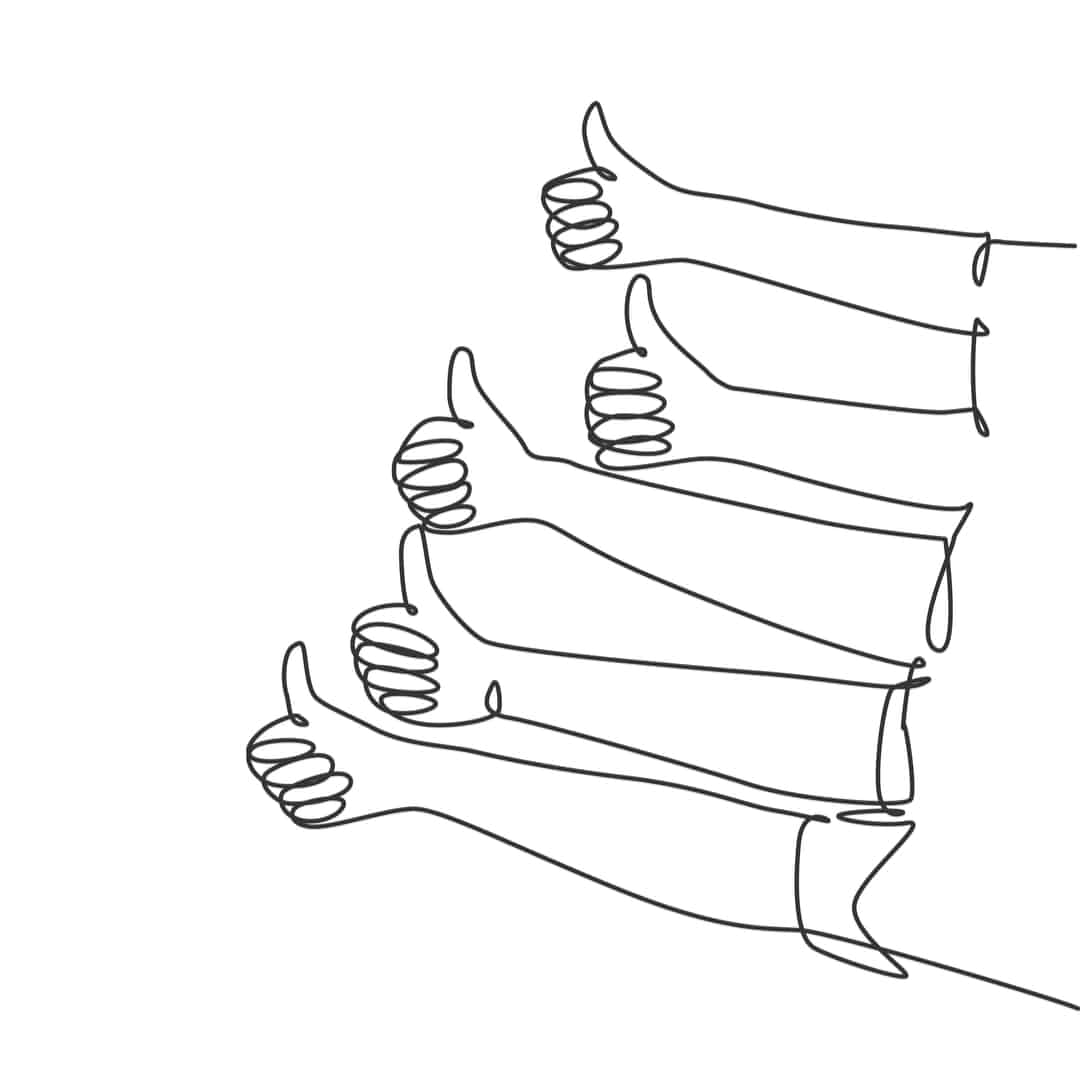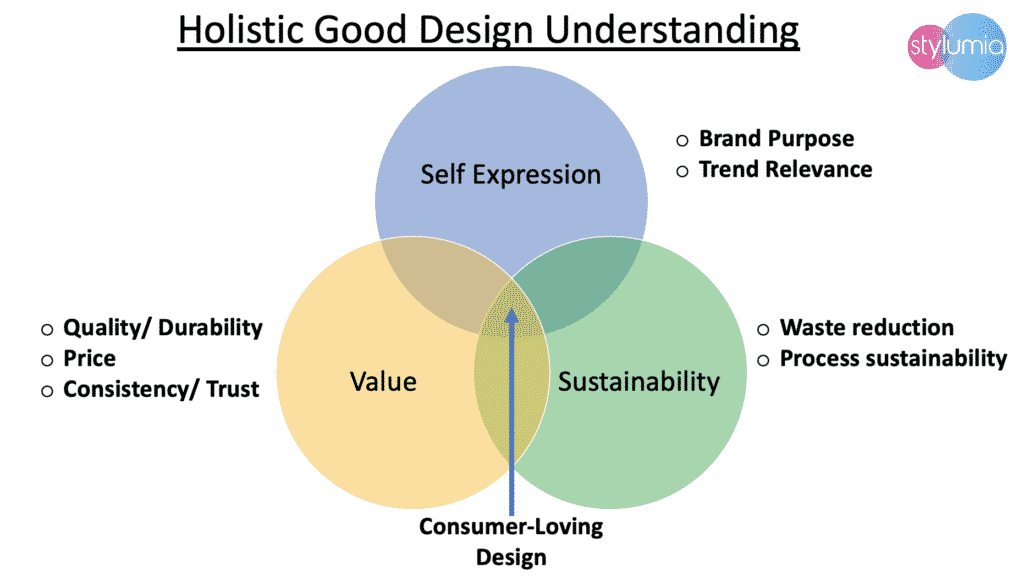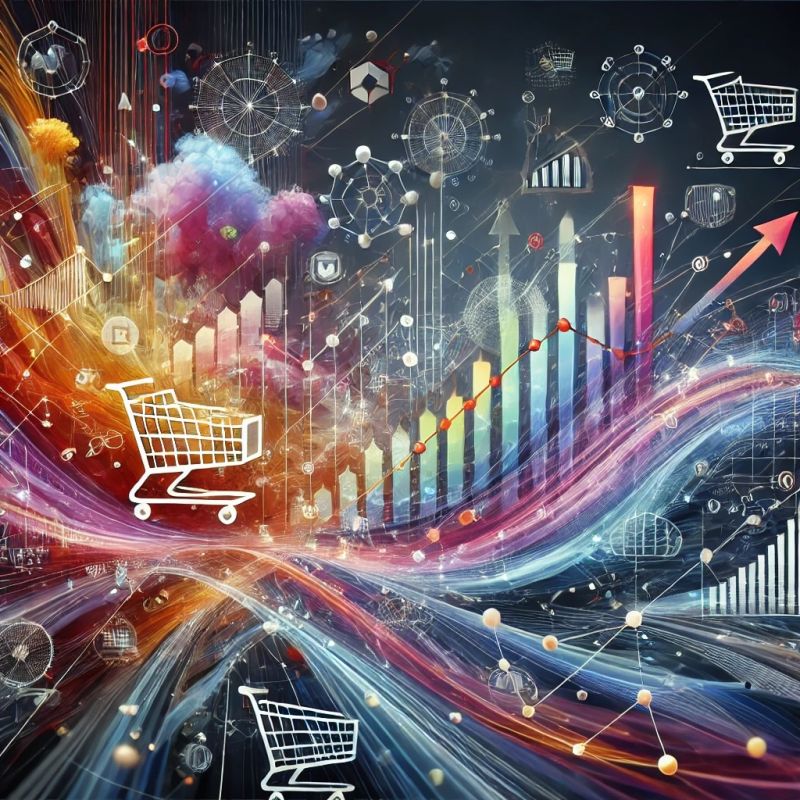What Is A Good Design Or A Good Product?

Every brand wants to make good designs or good products. In other words, the intent is to bring a large proportion of good designs to consumers. The challenge is how do you judge a design or product?
In a recent conversation with one of our customers, this question came up.
What is a good design?
Is it just the commercial success of a design?
The question is very pertinent and important. This is considering the fashion and lifestyle industry is going through a need of transformation on being relevant and also responsible.
This edit explores an approach to answering this question.
In our earlier edit on Future Of Retail – Metrics That Matter, we covered the next retail metrics. In this edit, we take a deeper discovery at the product level.
Learning “Good Design” From The Flawed Era Of GDP
The article “The flawed era of GDP is finally coming to an end” from wired, reminds us of re-looking at how we measure success for fashion brands and products. While for decades we are measuring a country’s progress using GDP. GDP ignores the way the economic value is generated for e.g. at the cost of sustainability.
This raises the question of what can be an equivalent of Gross National Happiness?
Time To Re-Invent | What We Measure Is What We Improve
We will first look at the dimensions of a good design. The ground rule is, we will put consumers at the center of this exercise. A good design satisfies the following dimensions,
- Consumer’s need to identify themselves (self-expression)
- Brand purpose match
- Relevance of trend
- Consumer’s need to conserve their resources
- Quality (durability)
- Price
- Consumer’s need to conserve the planet’s resources | Sustainability
- Reduce wastage in delivering (1) and (2)
- Use materials/processes friendly for the planet
- Make the brand sustain itself through economic sustainability
- Free cash flow
- Revenue Velocity
- Profit (Gross Margin Return On Inventory GMROI)
Visualizing all of these dimensions in an infographic below,

There are three themes and seven dimensions to measure any product on.
Knowing is one thing, but measuring is another. Consumers are voting for our products in a relative sense. Further, the relative sense is dynamic and getting more complex.
It is not our feeling of the product rather the consumer response in a dynamic environment.
How To Measure Good Design Dimensions?
Trend relevance is the relative True Demand performance of a product. It is a relative rank of a product in the contextual market.
This needs measurement outside-in using market data. Stylumia empowers any brand through Styumia C.IT to identify where the products stack up in the relative market conditions using a proprietary Demand Sensing engine. You can read in-depth about Demand Science® here.
Every fashion and lifestyle brand creates the highest wastage due to the supply-demand gap than any other reason. This wastage is a key driver of the carbon footprint. Almost close to two-thirds of fashion made in the world do not meet consumer demand. The economic wastage due to inventory pile-up and corresponding markdowns impacts gross margins and free cash flow. The key metric which will give us a signal of this wastage is the quantity prediction accuracy for every product. While this is an output metric, this is impacted by pre-season style/col/size level prediction. Apart from that, distribution planning forecast accuracy impacts in-season allocation errors.
Stylumia’s solutions of Apollo and Store.Y help minimize the quantity forecast errors pre and in-season. The solutions have a track record of delivering best-in-class accuracy lifts. The impact is across merchandise and distribution planning.
The solutions are powered by one of it’s kind machine learning algorithms that use an ingenious model of visual and textual elements in the prediction process. This is a non-traditional way to estimate fashion demand.
In addition, Stylumia’s proprietary Taste Model uniquely predicts demand using consumer preference of a product with the constraint of an assortment.
E P&L (Environmental Profit & Loss Account) is another way brands are looking at taking the responsibility of measuring sustainability.
Are your products right-priced? is an important question.
Typically brands measure price mix based on assortment seen in the market. This is flawed at its root. The flaw is looking at the supply-driven price and not the demand signal of price. It is essential to look at a consumer demand-driven pricing relevance. Stylumia’s C.IT provides a unique demand-driven view of the price mix for you to know whether the pricing of products is relevant.
All P&L metrics (revenue velocity, GMROI & cash velocity) of fashion are a result of getting all the above dimensions in order.
In Conclusion,
A good design in fashion is one that satisfies the consumer, the brand and the environment in a holistic manner.
With this first principle in place, it is time to detach from any system which provides supply-driven insights/metrics or subjective. Also, it is time to question any static forecasts of fashion that are not consumer data-driven (it is like shooting a moving target with a static gun).
Aren’t these practices the reason for the fashion industry generating so much wastage?
It is time for a paradigm shift.



